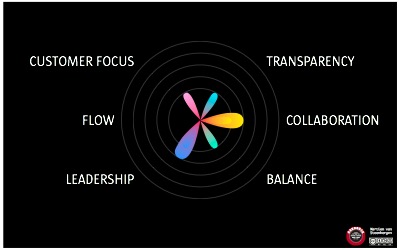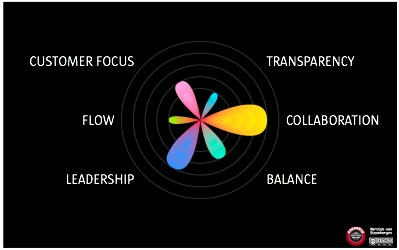Tonic’s Rules to live by are quoted without permission from a little booklet I got at the SIGGRAPH ’93.
Be kind
Put things where they belong. Few are won over by misplaced, misalinged, misdesigned anything. Form, really, is a function. Be kind to the user.
Observe a lot. Test everything—because sometimes “common sense” is neither.
It’s hard to make every product so understandable that people know how to use it before they pick it up. But it’s worth shooting for.
[Apple Powerbook (1991)]
Make things simple, but beautiful.
Elegant and timeless beat fancy, gimmicky, or slick. Any day.
[Digidesign RI recording controller (1993)]
Make people lust for it.
Give it a competitive advantage. Make it worth looking at. Worth holding. Worth using. Worth paying good money for.
If the guy next to you on the train had one, would you be more than a little curious? Envious? Good.
[Apple Newton prototype (1992) and Powerbook Duo (1992)]
Make it makeable.
It doesn’t matter how beautiful the thing is if you can’t manufacture it. Befriend the engineering team. Collaborate with the factory.
Instead of designing yourself into a corner, ask for their opinions. So you can produce it–by the thousands. By the millions. Affordably.
[Apple Personal Laserwriter (1990) and Macintosh IIci (1990)]
Invent the future.
If you don’t like your destiny, invent a new one.
Have some fun. Experiment.
Invent a new product category. (Or a whole new industry.) Invent a new design language. Reset the corporate compass.
“It can’t be done,” naysayers will declare. Don’t listen.
[AT&T Personal Communicator concept (1992), Apple Guide concept (1991) and Knowledge Navigator concept (1987)]
© 1993 Tonic Industrial Design, Palo Alto, California, (415) 325-1326, (415) 326-4678, fax. All rights reserved.








